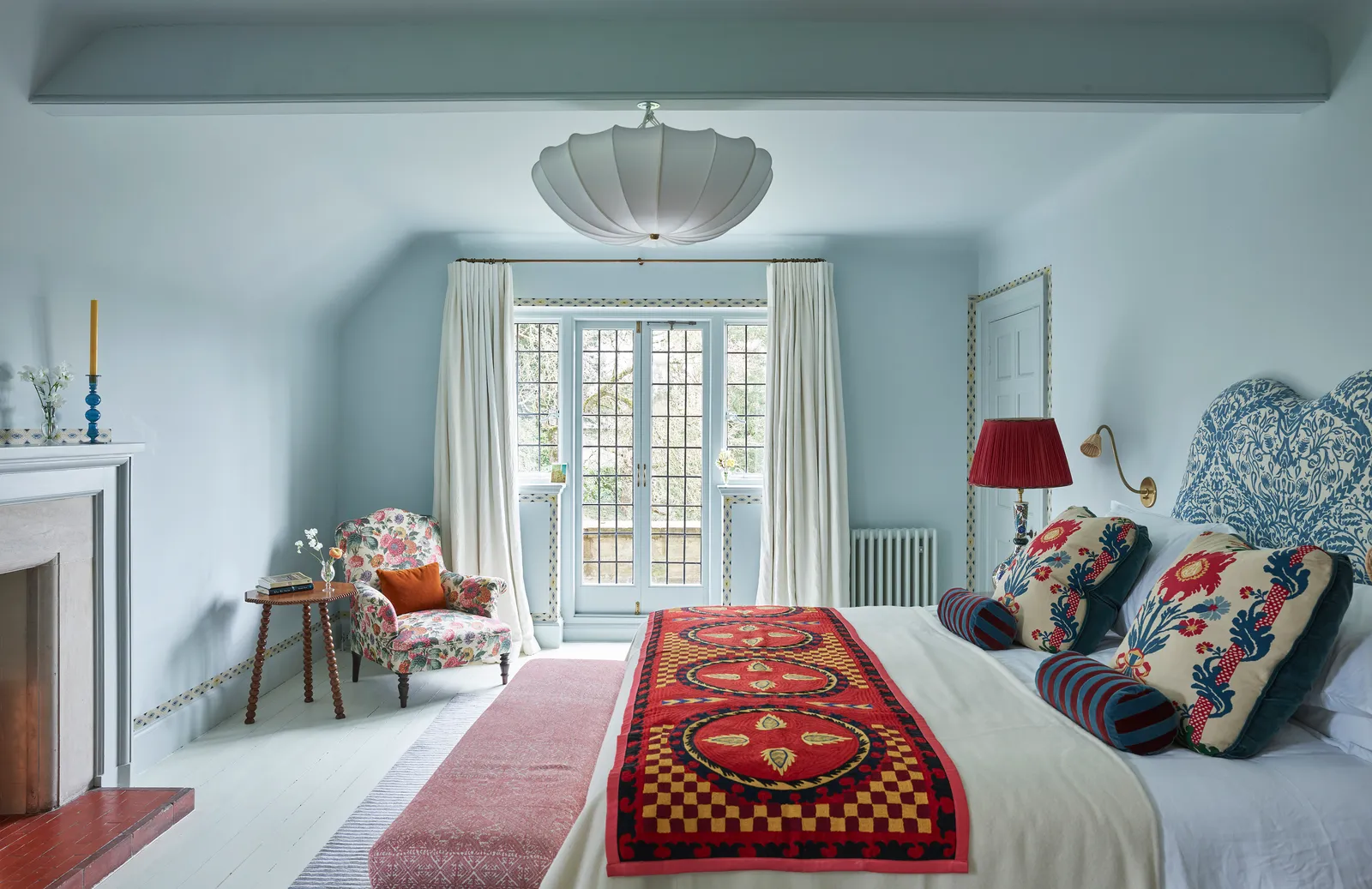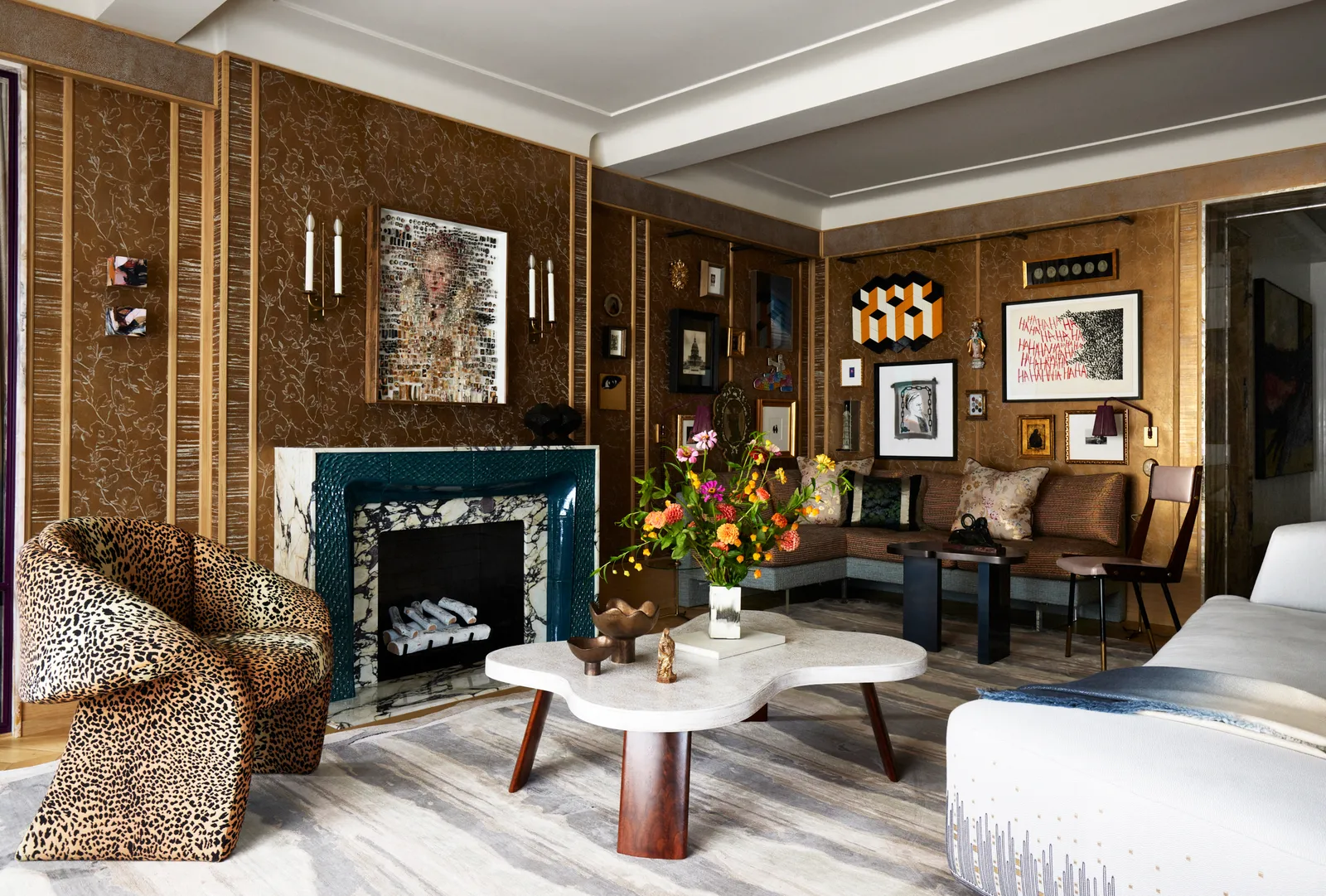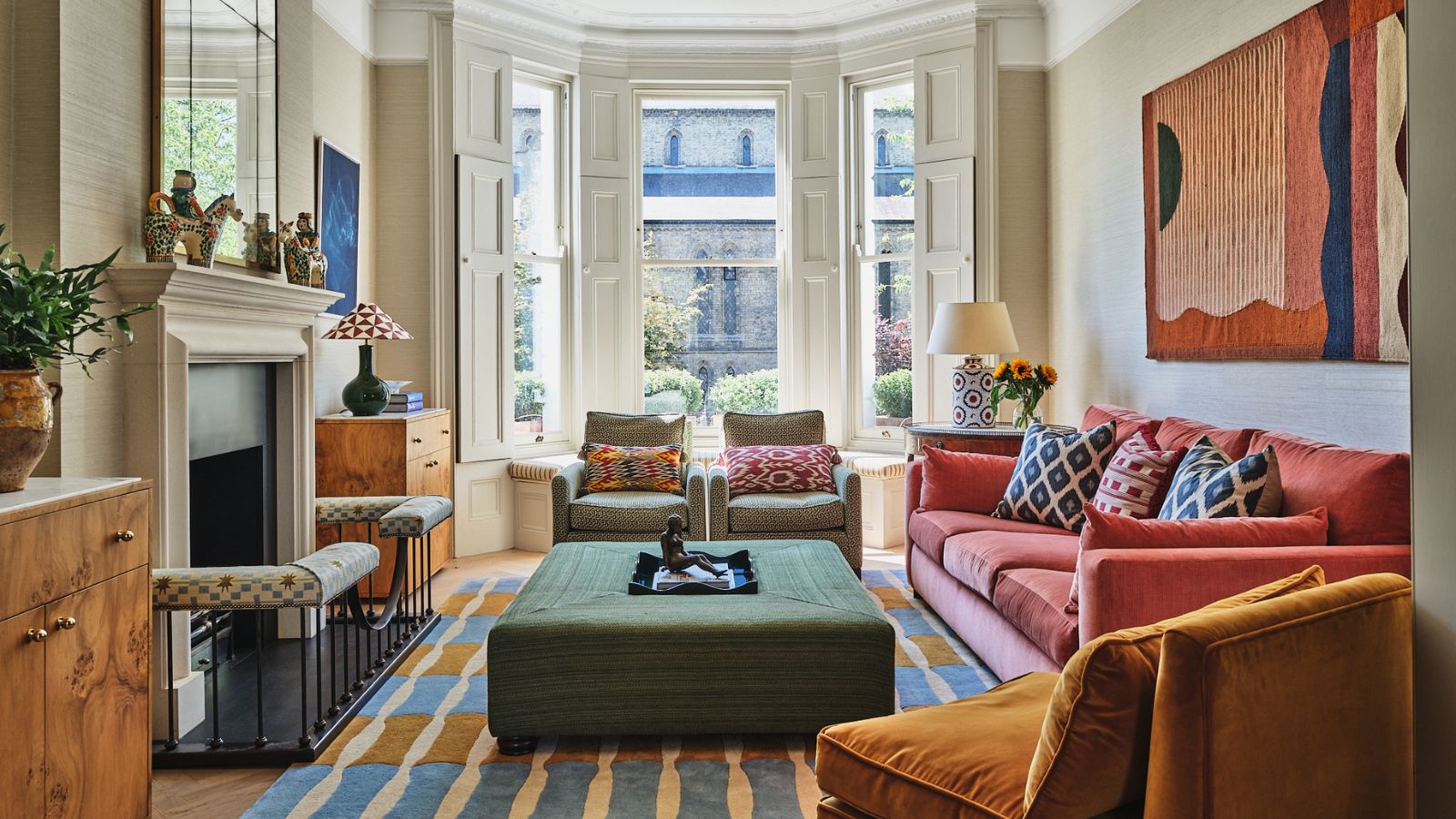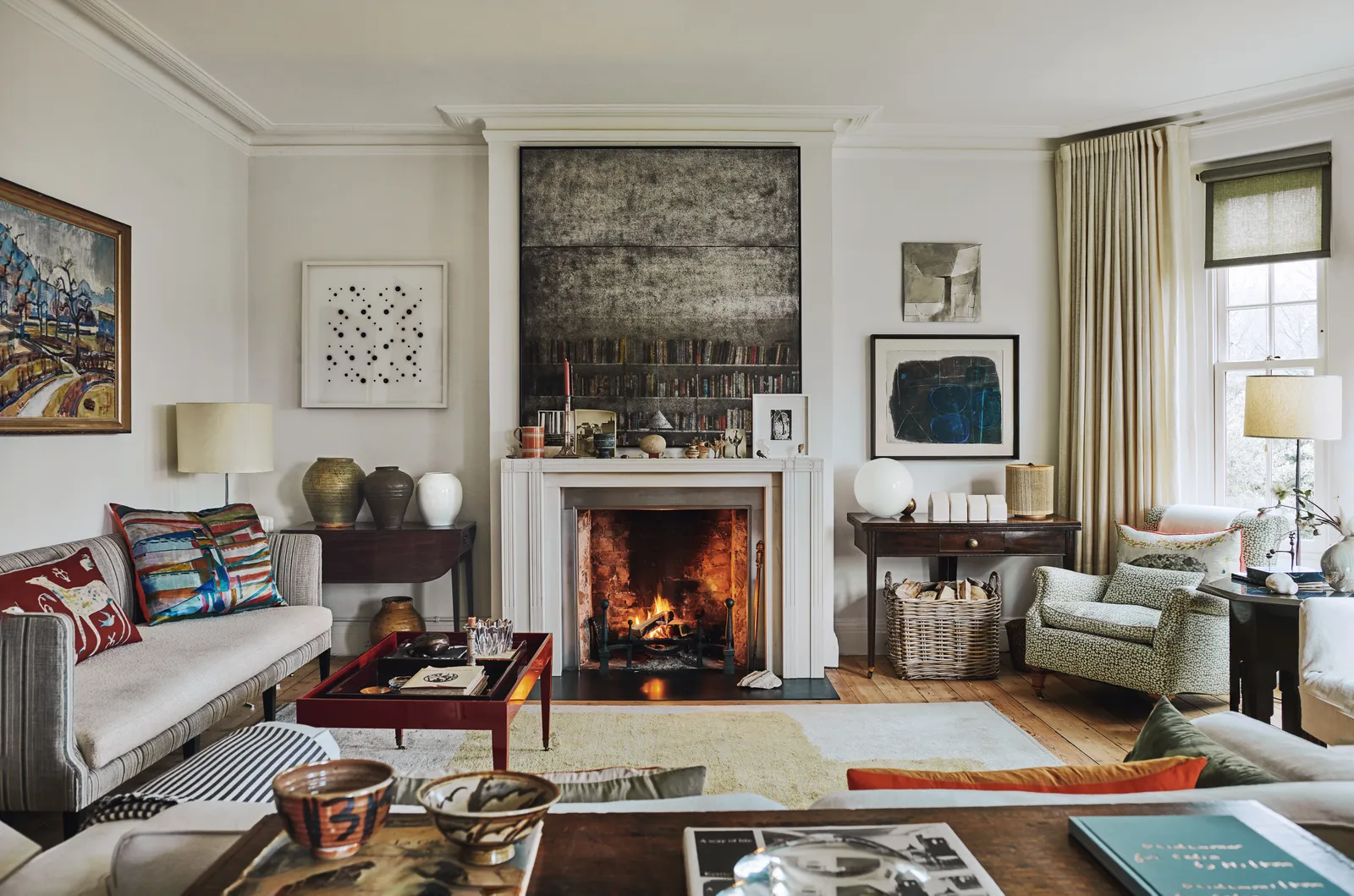Creating Your Own Wardrobe Essentials at Home
Stop buying basics and start making them yourself. This guide walks through the simple garments worth learning to sew, saving you money in the long run.
Let's be honest - when you open your wardrobe, how many pieces do you actually wear regularly? For most of us, it's about 20% of what we own. The rest just hangs there, taking up space and making us feel guilty about impulse purchases. But here's something I've learned over the past few years: the clothes we wear most are usually the simplest ones. Basic tees, comfortable skirts, simple dresses that just work.
What if I told you these essentials are actually the easiest things to make at home? I'm not talking about complicated tailoring or advanced techniques. I'm talking about straightforward sewing projects that anyone can tackle with a basic machine and a bit of patience. In Hungary, where quality fabrics are increasingly accessible and the maker movement is growing stronger, there's never been a better time to start creating your own wardrobe basics.
The financial aspect alone makes this worthwhile. A decent quality basic tee in a shop might cost 8,000-12,000 HUF, but you can make one for roughly 2,000-3,000 HUF in fabric costs. Make ten tees and you've already saved enough to buy a proper sewing machine. But beyond the money, there's something deeply satisfying about wearing clothes you've made yourself - clothes that fit your body exactly, in colours you actually love, made to last.
This isn't about becoming a fashion designer overnight. It's about taking control of your basics, understanding how clothes are constructed, and building skills that'll serve you for life. Whether you're in Budapest with access to multiple fabric stores or in a smaller town ordering materials online, the barrier to entry has never been lower.
Why Start With Essentials Rather Than Statement Pieces
When people first get excited about sewing, they often want to dive straight into making that gorgeous dress they saw on Instagram or attempting a complicated jacket. I get it - I did the same thing. But here's why starting with basics is actually the smarter move, even if it feels less exciting at first.
Essentials are forgiving. A basic tee shirt doesn't need perfect seams to be wearable. A simple A-line skirt will look good even if your stitching isn't completely straight. These garments give you room to learn without the pressure of perfection. You're building muscle memory, understanding how fabric behaves, and developing an eye for fit - all while creating something genuinely useful.
The patterns for basics are also simpler, which means less can go wrong. You're working with fewer pattern pieces, straightforward construction methods, and techniques you'll use over and over again. Master a basic tee and you've learned skills that transfer to almost every other garment you'll ever make. It's like learning to cook - you start with scrambled eggs, not beef wellington.
The Real Cost Comparison
Let's talk numbers because this is where homemade essentials really shine. In Hungarian shops, you're looking at these rough prices for decent quality basics: a good cotton tee runs 8,000-15,000 HUF, a simple skirt 12,000-20,000 HUF, and a basic dress 15,000-30,000 HUF. Now compare that to fabric costs.
Quality cotton jersey for a tee costs about 2,500-3,500 HUF per metre, and you need roughly one metre. Cotton poplin or linen for a skirt runs 3,000-5,000 HUF per metre, needing 1.5-2 metres depending on your size. Even with notions like thread, elastic, and buttons, you're spending a fraction of retail prices. Make five or six garments and you've essentially paid for your sewing machine.
Essential Tools You Actually Need
Before we get into specific garments, let's talk about what you need to get started. The sewing industry loves selling us stuff, but you can begin with surprisingly little. I started with a borrowed machine and a pair of fabric scissors, and honestly, that covered most of my needs for the first few months.
A basic sewing machine is your main investment. In Hungary, you can find decent beginner machines from brands like Singer or Brother for around 40,000-60,000 HUF. Don't get sucked into buying something fancy with 200 stitch options - you'll use maybe five of them. Look for a machine that does straight stitch, zigzag, and has adjustable stitch length. That's genuinely all you need for basics.
Fabric scissors are non-negotiable, and this is one area where quality matters. A good pair of fabric shears costs 5,000-8,000 HUF but will last years if you only use them on fabric. Paper dulls scissors incredibly fast, so keep a separate pair for cutting patterns. I learned this the hard way after ruining my first pair cutting paper patterns for three months.
The Nice-to-Have Tools
Once you've made a few things and know you're committed, there are some tools that make life easier. A rotary cutter and cutting mat speed up pattern cutting significantly - you're looking at about 8,000-12,000 HUF for a decent set. Pattern weights instead of pins save time and prevent fabric shifting. A seam ripper becomes your best friend when (not if) you make mistakes.
For pressing, a regular household iron works fine, but if you're making lots of clothes, a proper pressing setup helps. You don't need a fancy tailor's ham or sleeve board initially - a rolled towel works surprisingly well for curved seams. The key is pressing as you go, not just at the end. This single habit improves the look of your finished garments more than almost anything else.
The Five Essential Garments Worth Making
Not all basics are created equal when it comes to home sewing. Some are genuinely easier to buy, while others are perfect starter projects that'll save you money and teach valuable skills. Here are the five I recommend everyone learn to make, in order of difficulty.
The Basic A-Line Skirt
This is where I tell everyone to start. A simple A-line skirt with an elastic waistband is possibly the most forgiving garment you can make. The construction is straightforward - basically a rectangle or slight trapezoid shape, sewn into a tube with an elastic waistband. You can finish one in an afternoon, even as a complete beginner.
What makes this perfect for learning is that fit is flexible. The elastic waistband accommodates slight variations in measurements, and the A-line shape doesn't require precise body contouring. You're learning to cut fabric on grain, sew straight seams, create a casing for elastic, and finish a hem. These are foundational skills you'll use constantly.
Fabric choice matters here. Start with a quilting cotton or medium-weight cotton - something with a bit of body that doesn't slip around too much. Save the silky or drapey fabrics for when you've made a few skirts and understand how they behave. In Hungarian fabric stores, look for 100% cotton poplin or cotton linen blends - they're affordable and very beginner-friendly.
The Relaxed Tee Shirt
Once you've conquered a skirt, a basic tee is your next challenge. You'll need to work with knit fabric, which stretches and behaves differently than woven cotton. This sounds intimidating, but modern sewing machines handle knits better than you'd think, and there are tricks that make it manageable even without a serger.
The key is choosing the right pattern - look for something described as relaxed or oversized. These styles don't require a perfect fit, giving you room for error. You're learning to work with stretch fabric, attach sleeves (easier than it sounds), and finish necklines. A basic tee pattern typically has only four or five pieces, and construction is logical and sequential.
For fabric, start with a stable cotton jersey - the kind used for quality tee shirts. Avoid anything too stretchy or slippery for your first attempt. A good cotton jersey costs about 2,500-4,000 HUF per metre in Hungary, and you'll need roughly one metre for a standard tee. That's multiple wears for the cost of one shop-bought shirt.
The Simple Tank Top
Tank tops are brilliant second projects with knit fabric because they're even simpler than tees - no sleeves to set in. You're just working with front and back pieces, shoulder seams, and finishing the neckline and armholes. The construction teaches you binding techniques that you'll use on countless other garments.
This is also where you can start playing with fit more confidently. A tank top shows immediately if something's too tight or too loose, helping you understand how to adjust patterns for your body. Make three or four tanks in different fabrics and you'll have summer sorted, plus genuine skill in fitting knit garments.
The Pull-On Shorts or Trousers
This feels like a big step up, but pull-on bottoms with an elastic waist are more approachable than you'd think. You're essentially making two tubes and joining them together, then adding a waistband. The pattern has more pieces than a skirt, but the logic is clear and the construction methodical.
What you're learning here is crucial - how to sew and finish a crotch seam properly, how to create a comfortable waistband, and how to handle longer seams without puckering. These skills transfer directly to more fitted trousers later. Start with something loose and comfortable in a woven cotton or linen - fitted styles require more advanced fitting knowledge.
The Basic Shift Dress
A simple shift dress or slip dress combines skills from all the previous projects. You're working with larger pieces of fabric, setting in armholes, potentially adding pockets, and creating a garment that needs to hang properly on your body. It's more complex but not overwhelmingly so, especially if you choose a loose, unfitted style.
The beauty of making dresses is the dramatic cost saving. A decent linen dress in a shop easily costs 20,000-35,000 HUF, but you can make one for 6,000-8,000 HUF in fabric. Make two or three and you've got a summer wardrobe that fits perfectly and looks exactly how you want.
Understanding Fabric Selection
This is where a lot of beginners get overwhelmed, and I understand why. Walk into a fabric store and you're confronted with hundreds of options, all looking vaguely similar. But fabric choice genuinely matters - the right fabric makes a project easier and the result more wearable. The wrong fabric can make even a simple project frustrating.
For woven essentials like skirts and dresses, start with quilting cotton or cotton poplin. These fabrics have enough body to be forgiving, they don't fray excessively, and they press well. They're also affordable - expect to pay 2,000-3,500 HUF per metre. As you gain confidence, move to cotton lawn (lighter and drapier) or linen blends (more textured and substantial).
For knits like tees and tanks, look for cotton jersey with good recovery - meaning it springs back when you stretch it. Hold the fabric, stretch it gently, and watch if it returns to its original shape. If it stays stretched out, it'll create a saggy garment. Good cotton jersey feels substantial but not heavy, and it should feel soft without being slippery.
Where to Buy Fabric in Hungary
Budapest has several excellent fabric stores, with Textilház and various shops around Moszkva tér offering good selections at reasonable prices. If you're outside Budapest, online options like textilplaza.hu or various Facebook groups for fabric destash offer access to quality materials. Many Hungarian sewists also order from European suppliers when they want something specific.
Don't overlook second-hand options. Charity shops sometimes have good quality bed linens in pure cotton or linen that you can repurpose. A king-size duvet cover gives you enough fabric for multiple projects at a fraction of new fabric costs. Just check the fabric content and wash it thoroughly before cutting.
Learning Resources and Pattern Sources
The internet has revolutionized learning to sew. When I started, you either took a class or figured things out from books with unclear diagrams. Now you've got video tutorials showing every technique in detail, and most are free. YouTube channels dedicated to beginner sewing walk you through entire projects step by step.
For patterns, you have several options. Free PDF patterns abound online - sites like Peppermint Magazine and various independent designers offer basic patterns at no cost. These are perfect for testing a style before investing in premium patterns. The quality varies, so read reviews and check if the pattern includes seam allowances or requires you to add them.
When you're ready to invest, independent pattern companies like Tilly and the Buttons, Seamwork, or Closet Core Patterns offer excellent instructions written specifically for beginners and intermediate sewists. Their patterns cost roughly 3,000-5,000 HUF for a PDF, which you can print at home or at a copy shop. One good pattern can be made multiple times in different fabrics, making it a worthwhile investment.
Understanding Pattern Sizing
This trips up everyone initially - pattern sizing is not the same as ready-to-wear sizing. You might be a size 38 in shops but a size 44 in patterns. This isn't because pattern companies are trying to make you feel bad - it's because they use actual body measurements rather than vanity sizing. Take your measurements properly, compare them to the size chart, and ignore the number.
Most people need different sizes for different body parts. You might be a size 40 at the bust but 44 at the hips. This is completely normal, and it's one reason homemade clothes fit better - you can blend between sizes or adjust patterns to match your actual body. Start with the size that fits your largest measurement, then adjust other areas if needed.
Making It Sustainable and Cost-Effective
One of the best things about making your own essentials is building a genuinely sustainable wardrobe. You're not participating in fast fashion, you're not supporting questionable labor practices, and you're creating clothes built to last. But you need to approach it thoughtfully to maximize these benefits.
Buy quality fabric that'll last. That cheap polyester might save you 500 HUF now, but it'll pill after three washes and end up in landfill within a year. Good cotton, linen, or natural fiber blends cost more upfront but they last years, feel better, and are actually sustainable. Think cost per wear, not just initial cost.
Make things you'll actually wear. It's tempting to make trendy pieces because they look exciting, but if it doesn't match your lifestyle or existing wardrobe, it'll hang unworn. Stick to classics in colors you love and styles you know you'll reach for. Boring is good when it means you wear something fifty times instead of five.
Building Skills Progressively
Don't rush to complex projects. Each essential you make teaches skills that build on previous ones. A skirt teaches basic construction, a tee adds working with knits, trousers add fitting challenges, a dress combines everything. Rush to advanced techniques before you're ready and you'll get frustrated and possibly give up.
Make the same thing multiple times. This isn't boring - it's how you actually learn. Your first tee might take four hours and have wonky seams. Your fifth takes ninety minutes and looks professional. That's not because you suddenly got talented - it's because you practiced. Make three of the same skirt in different fabrics and you'll understand that pattern inside out.
Common Mistakes and How to Avoid Them
Everyone makes mistakes when learning to sew, and honestly, mistakes are how you learn. But there are some common ones that frustrate beginners unnecessarily, and knowing about them helps you avoid the worst frustrations.
The biggest mistake is not reading instructions thoroughly before starting. I know, I know - you want to dive in and start sewing. But spending ten minutes reading through the entire instruction sheet saves hours of unpicking mistakes later. You'll understand the construction sequence, spot potential confusing bits, and gather all the tools you need before you start.
Second biggest mistake: not pressing seams as you go. I cannot stress this enough - pressing transforms amateur-looking projects into professional ones. Every seam should be pressed open or to one side before you sew across it with another seam. This takes extra time but the difference in the final result is dramatic. Get in the habit early and your clothes will always look better.
Fitting Issues
Fit problems plague beginners because we're used to ready-to-wear clothes that kind of fit but not really. When you make your own clothes, you notice fit issues more acutely. The good news is that most common fit problems have straightforward solutions once you know what to look for.
If garments feel tight across the shoulders but loose everywhere else, you likely need a different size for your upper body versus lower body. If waistbands sit too low or too high, you might need to adjust the rise on trouser patterns. If necklines gape or feel tight, small adjustments to the neckline curve make huge differences. These are all learnable skills, not inherent talents.
Moving Forward With Confidence
Learning to make your own wardrobe essentials isn't about becoming a professional seamstress or making everything you wear. It's about having the skills to create basic pieces that form the foundation of your wardrobe, saving money, and enjoying the process of making something with your hands.
Start small, be patient with yourself, and remember that every sewist you admire on Instagram was once struggling to sew a straight seam. The difference between them and a beginner isn't talent - it's practice and persistence. Make that first wonky skirt. Wear it anyway. Make another one that's better. Keep going.
The sewing community, both globally and here in Hungary, is incredibly supportive. Join Facebook groups for Hungarian sewists, share your projects, ask questions when you're stuck. People who sew love helping others learn because we all remember how confusing it was at the start. You're not alone in this, and the skills you're building will serve you for decades.
So grab some fabric, choose a simple pattern, and make something. It won't be perfect, but it'll be yours. And that's worth more than anything you could buy in a shop.




